Nuclear technology is increasingly widely applied in many fields, contributing greatly to socio -economic development; in the field of preserving and promoting cultural and historical values, nuclear technology plays an increasingly important role.
 |
| Application of nuclear techniques to preserve Cat Tien archaeological site |
Located in Da Lat, in recent years, the Nuclear Research Institute has prioritized a number of applications of nuclear techniques in the preservation and promotion of cultural and historical values in Lam Dong. Techniques such as neutron activation analysis (NAA), thermoluminescence dating (TLD), and gamma and X-ray irradiation have made important contributions to the dating and preservation of cultural heritage. Nuclear analysis methods have brought about great advances in the analysis and preservation of cultural heritage, helping to discover information hidden in ancient artifacts that traditional methods cannot achieve.
According to MSc. Tran Quang Thien - Institute of Nuclear Research, the neutron activation analysis method allows determining the chemical composition of artifacts, classifying and grouping artifacts; the thermoluminescence dating technique supports the dating of non-organic artifacts such as brick architecture; gamma irradiation and low-energy X-rays help preserve artifacts by destroying harmful microorganisms without using chemicals. These nuclear techniques have been successfully applied at relic sites such as Cat Tien, Oc Eo and tested at the National Archives Center IV, contributing to enhancing the historical and cultural values of the relic site and archive center. The combination of nuclear technologies not only helps to decode many mysteries of the past but also protects precious heritage for future generations.
Specifically, the applications of nuclear techniques in archaeology and conservation can be mentioned: Application of neutron activation analysis in characterizing and analyzing historical specimens of Cat Tien relic site. This is a non-destructive analysis method, very effective in studying historical specimens, especially in the field of archaeology, helping researchers accurately determine the chemical composition of artifacts without damaging them. Application of this technique allows the study of artifacts from archaeological sites, through which scientists can identify and classify their origins, and assess the level of cultural exchange between different regions.
Although the Cat Tien and Oc Eo sites (An Giang) are both strongly influenced by Indian culture and have many similarities in artistic and architectural styles, there is no similarity in the composition of local ceramics and bricks through analysis. Neutron activation analysis shows that Cat Tien ceramic artifacts contain more silicon, indicating that the raw materials for brick and ceramic production here originated from clay mines near the Dong Nai River and there is little appearance of imported ceramics. This shows that, at that time, the Cat Tien area had a self-sufficient economy and there was little direct exchange of raw materials. Neutron activation analysis shows that cultural exchange between the two areas was not as strong as predicted; but developed independently, each area developed its own production methods and resources.
Neutron activation analysis not only helps identify chemical differences between samples, but also opens up opportunities to better understand the development and cultural interactions between regions. The discovery of these differences helps to shed new light on cultural and economic exchanges in ancient Southeast Asia.
One of the biggest challenges in archaeological research is accurately dating brick and stone structures. Thermoluminescence dating (TLD) has emerged as a solution, measuring the light emitted by electrons excited by radiation in the environment. When electrons are trapped in the energy “traps” of brick and stone crystals, they can retain information about the amount of radiation the sample has absorbed over time. When the sample is heated in the laboratory, the electrons emit light, and the intensity of this light allows researchers to determine the sample’s age.
At Cat Tien, through analysis of the foundation layers, it has been possible to determine that some areas at Cat Tien may have undergone multiple stages of construction and renovation. This helps to clarify the cultural and technical development of the inhabitants of this area, from the early stages to the more brilliant stages of development. The TLD method also shows potential in solving the mysteries of the dating of architectural works that have not been thoroughly studied, many areas still contain architectural layers that have not been fully excavated. The application of TLD can provide important information to accurately determine the dating of these layers of Cat Tien relics.
With tens of thousands of woodblocks containing important historical, cultural and political documents of the Nguyen Dynasty currently stored at the National Archives Center IV (Da Lat), conservation is facing many major challenges, especially the destruction caused by termites and molds. The conservation experiment using gamma irradiation and low-energy X-rays has proven to be a modern and effective conservation method. Compared with traditional chemical methods, the use of gamma irradiation and X-rays has many outstanding advantages in protecting wooden heritage from harmful termites and molds such as: leaving no chemical residue on the surface of the artifacts, not changing the color or natural structure of the wood, being able to completely destroy harmful microorganisms without having to clean the artifacts again, saving time and effort in the conservation process. Gamma and X-ray irradiation are able to penetrate deep into the wood structure, without causing any damage to the integrity of the woodblocks, ensuring that not only the surface but also the inside of the artifact is protected.
To preserve the precious heritages of the province, the participation of many different professions and fields is needed; in which, the application of nuclear techniques becomes a feasible and effective solution. The cooperation between scientists, conservationists, museums, along with the enhancement of research, application and development of multi-disciplinary projects to preserve cultural and historical heritages will help Lam Dong access new technologies and advanced conservation methods.
Source: http://baolamdong.vn/van-hoa-nghe-thuat/202410/ung-dung-ky-thuat-hat-nhan-trong-bao-ton-phat-huy-cac-gia-tri-van-hoa-lich-su-tai-lam-dong-7eb282d/


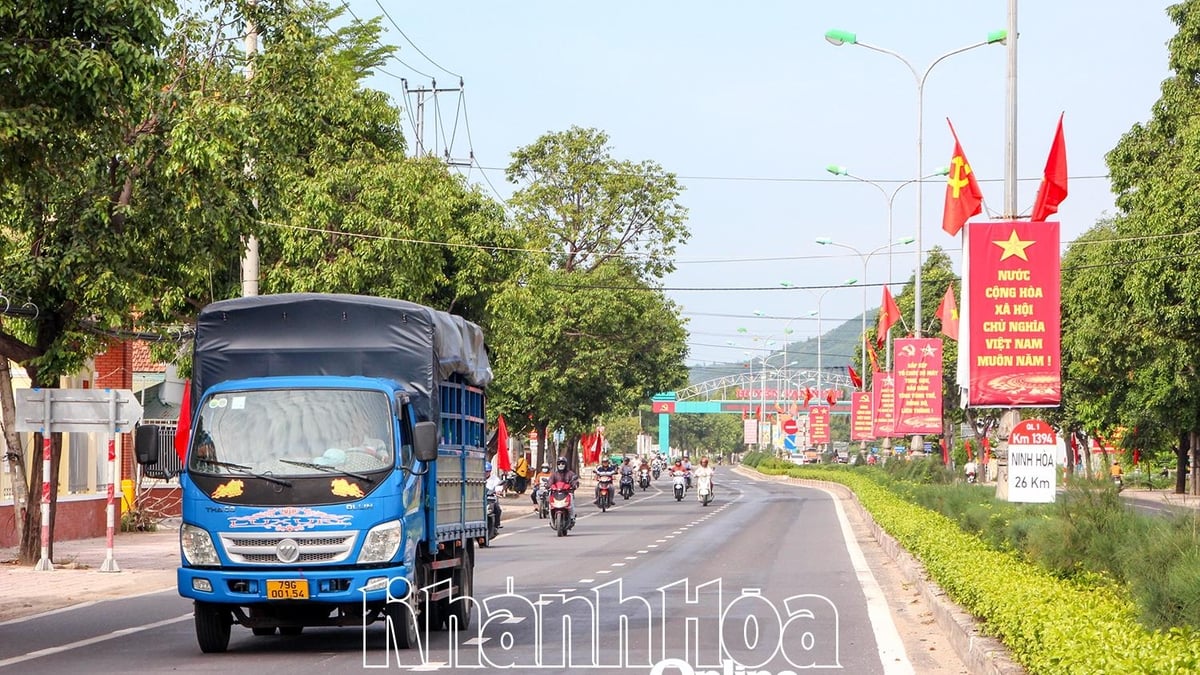


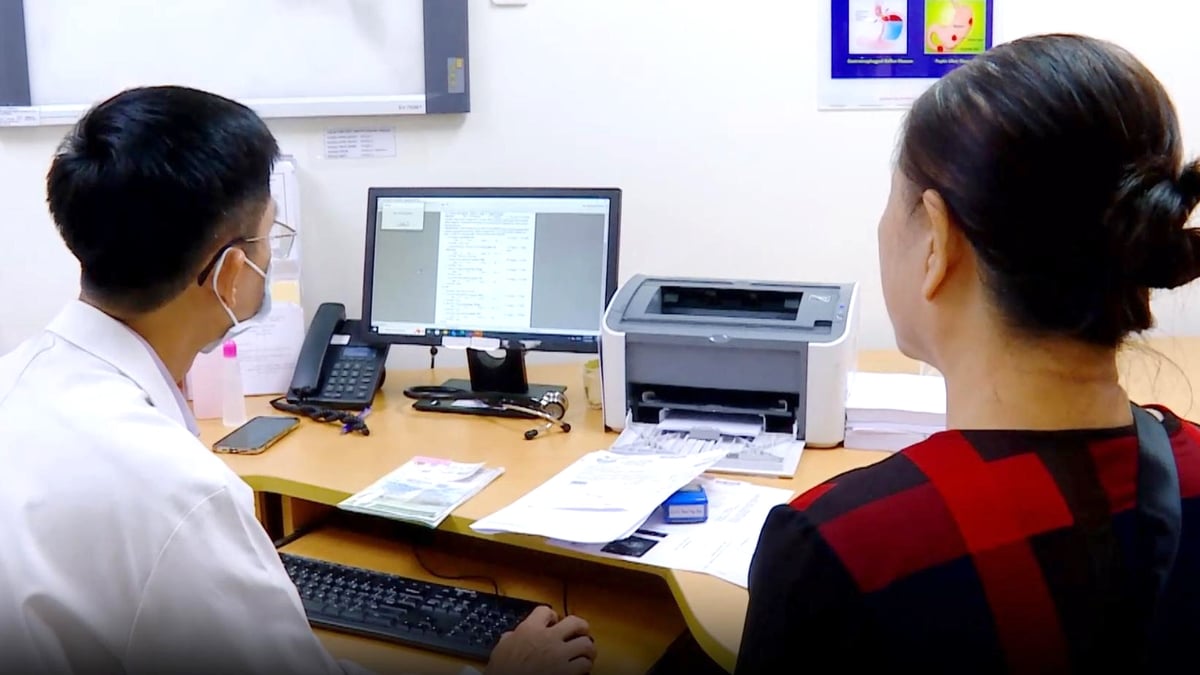

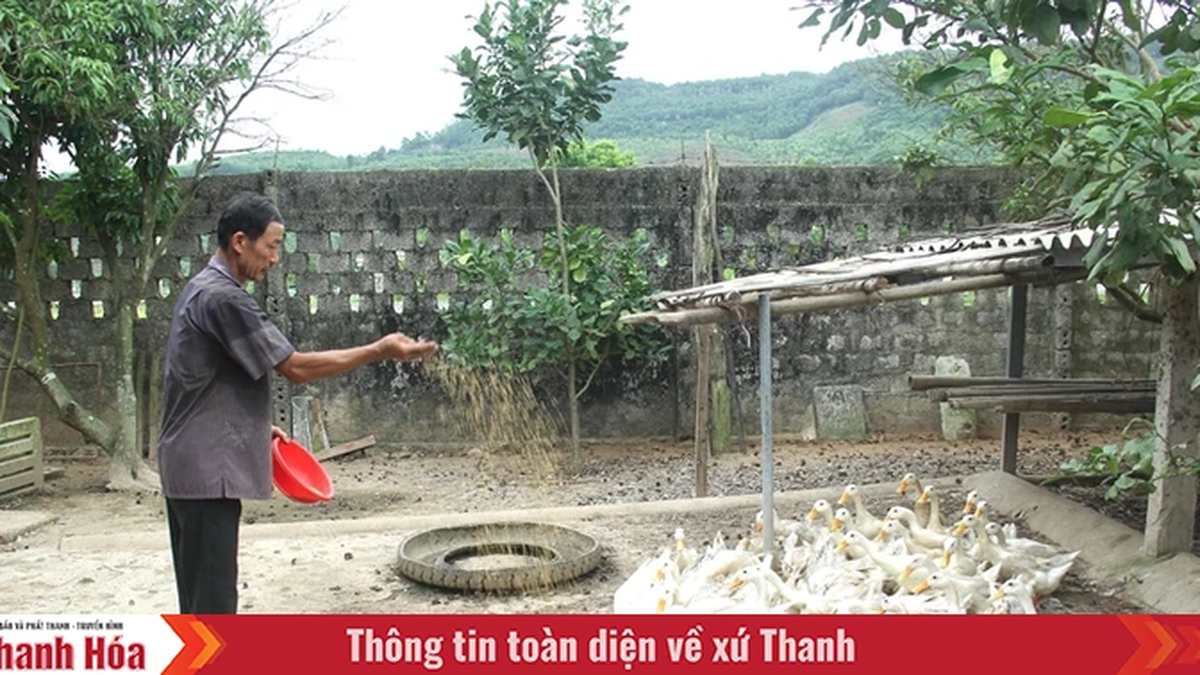
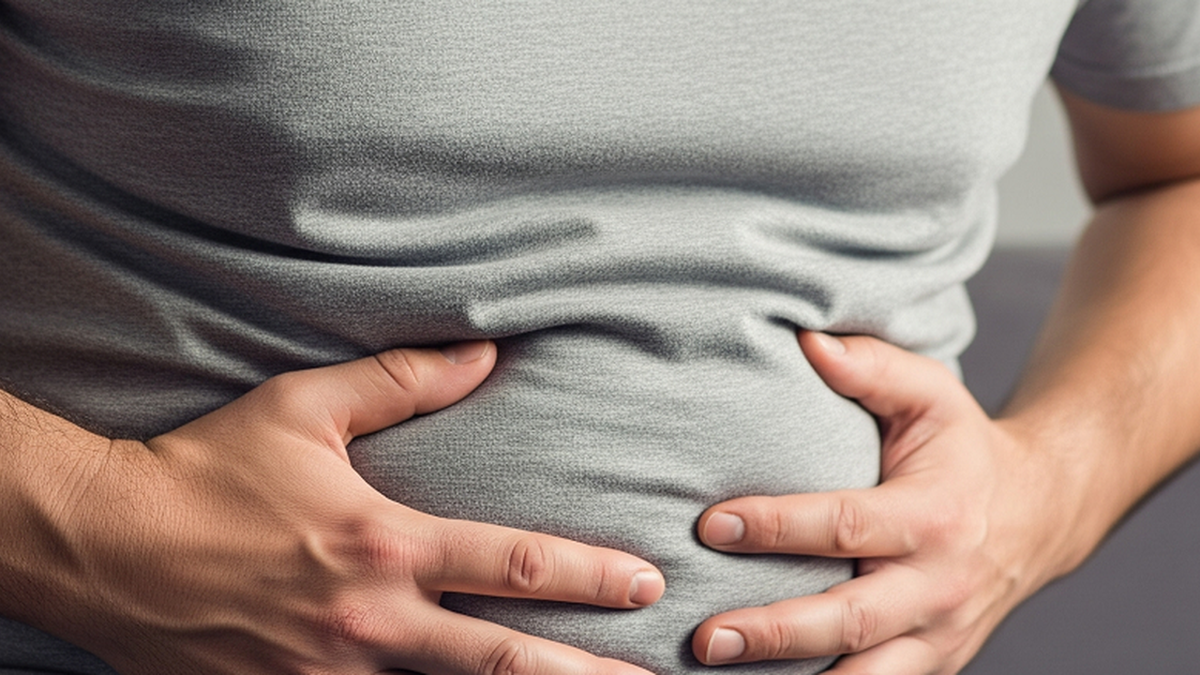

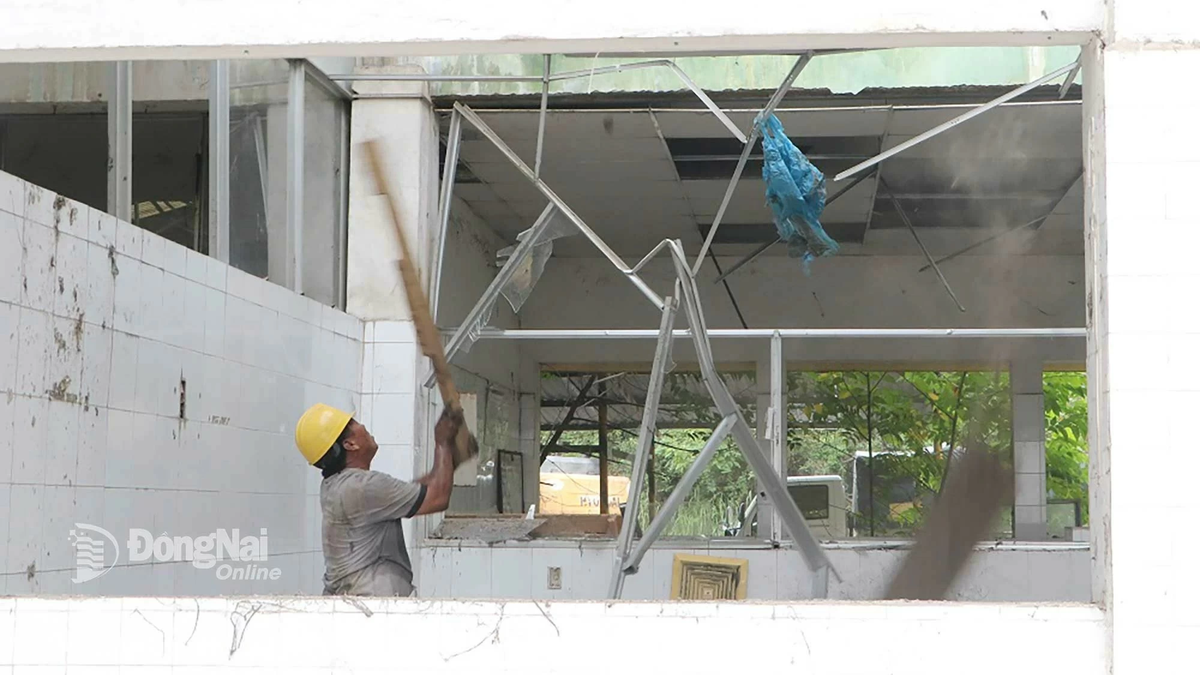












































![[Maritime News] Container shipping faces overcapacity that will last until 2028](https://vphoto.vietnam.vn/thumb/402x226/vietnam/resource/IMAGE/2025/7/30/6d35cbc6b0f643fd97f8aa2e9bc87aea)










































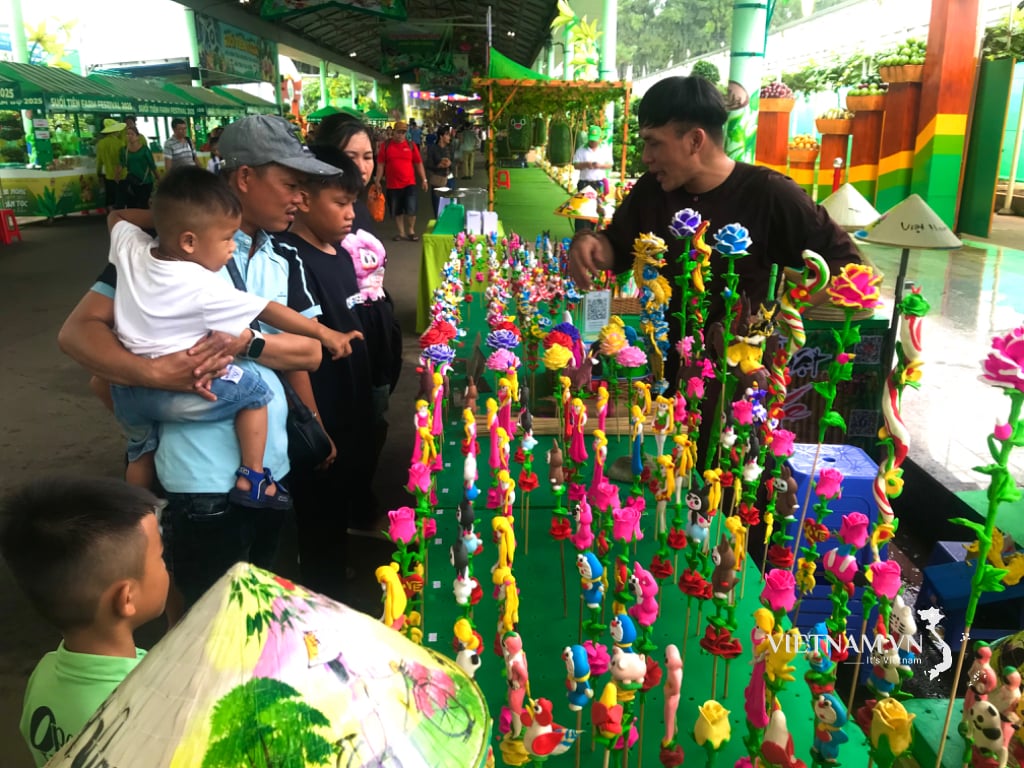
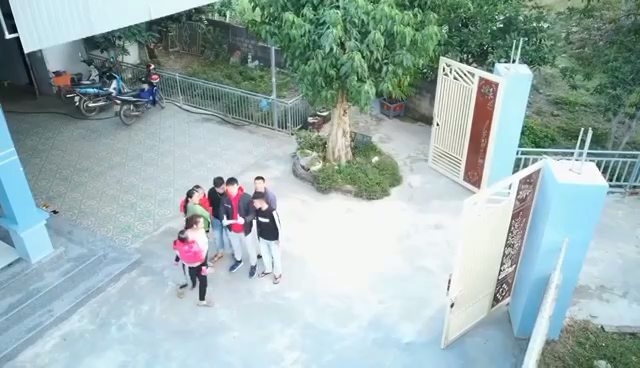

Comment (0)